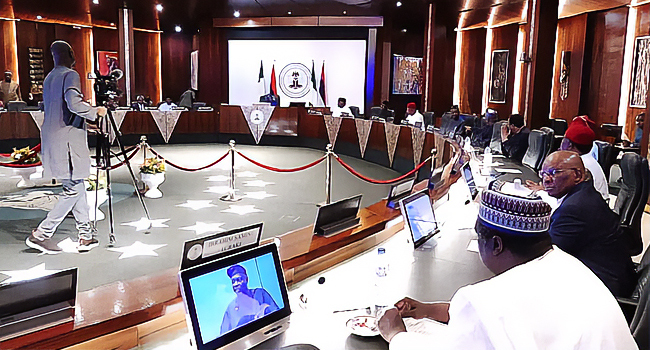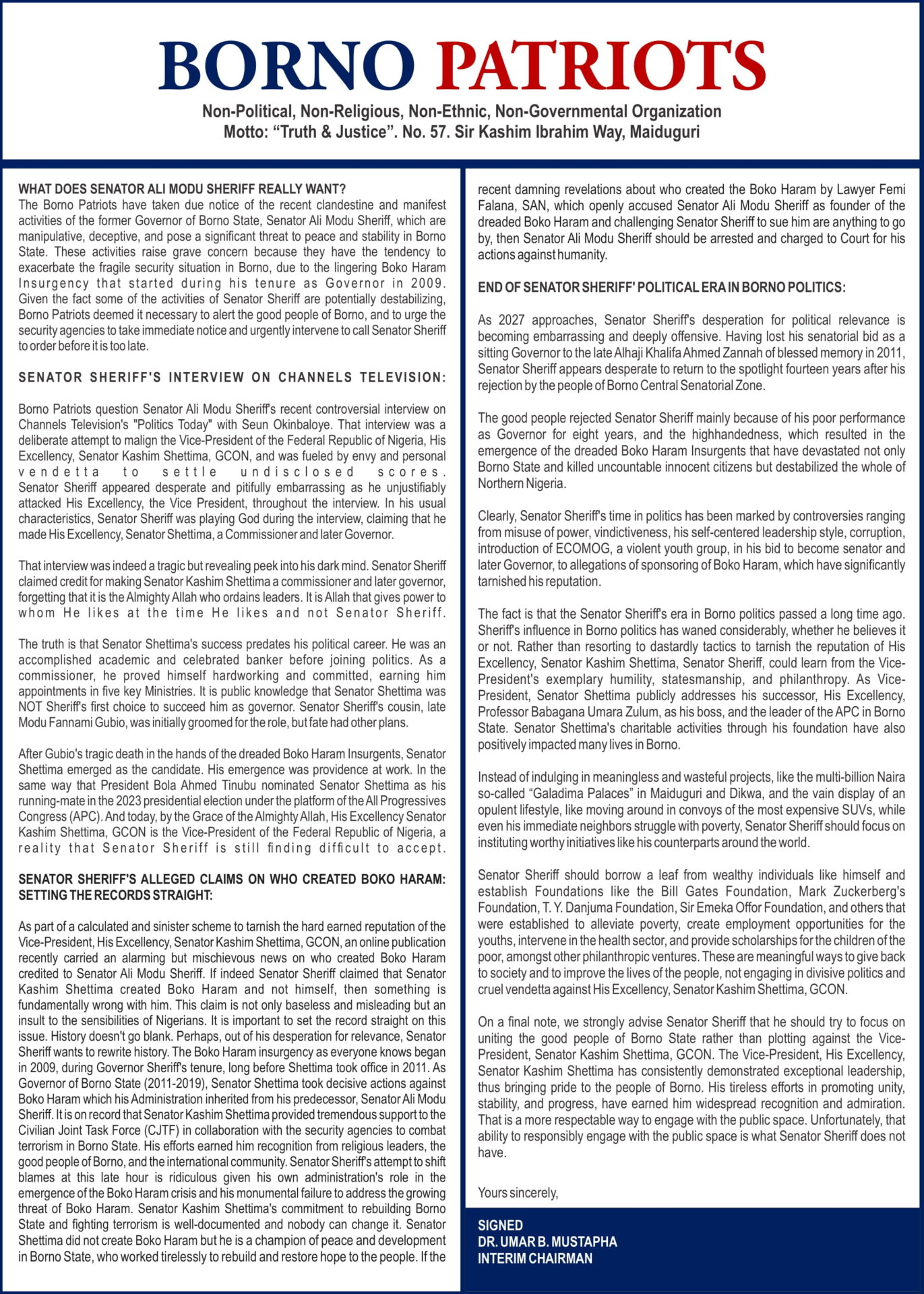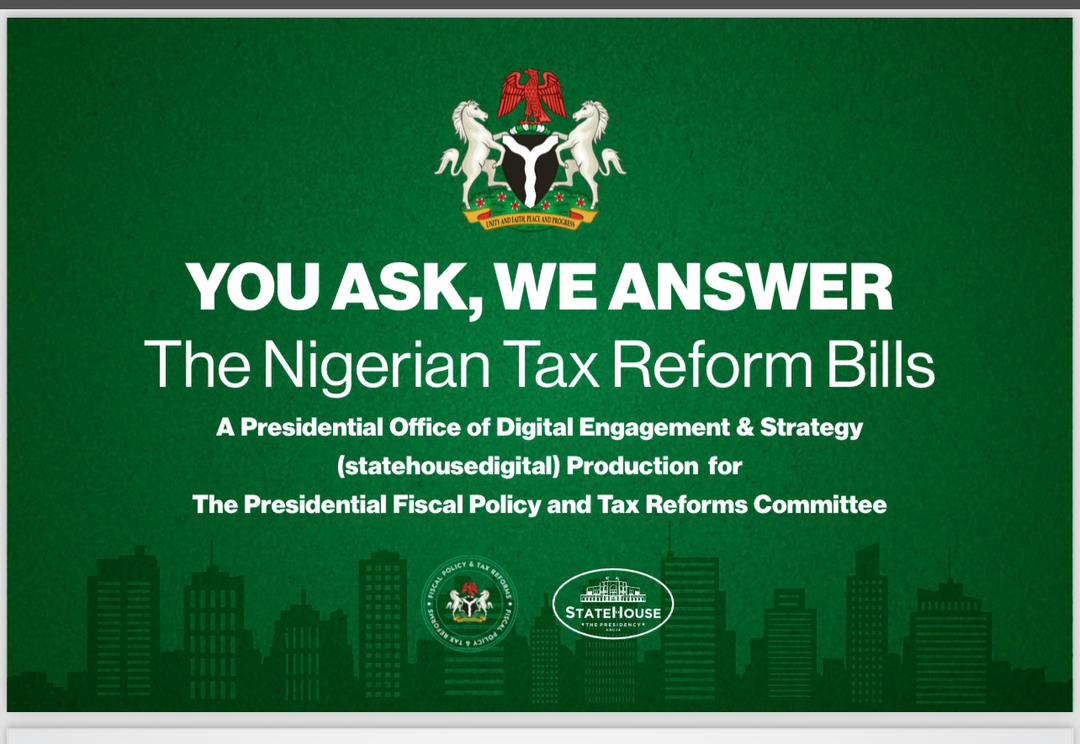STATE governments borrow about N46.17bn from three banks to pay salaries between January and June 2023, according to findings by this newspaper.
The findings were based on an analysis of the half-year 2023 financial statements of Access Bank, Fidelity Bank, and Zenith Bank Group.
This newspaper observed that the states borrowed the most from Access Bank in six months, with a record of N42.97bn loan.
It was followed by Zenith Bank (N1.78bn borrowed) and Fidelity Bank (N1.42bn borrowed) within the six-month period.
According to the H1 2023 financial statement of Access Bank, the outstanding balance on the salary bailout fund was N58.84bn by June 30, 2023, from N101.81bn in December 2022.
“The amount of N58,842,651,795 represents the outstanding balance on the state salary bailout facilities granted to the bank by the Central Bank of Nigeria for onward disbursements to state governments for payments of salary of workers of the states. The facility has a tenor of 20 years with a 2 per cent interest payable to the CBN. The bank is under obligation to on-lend to the states at an all-in interest rate of nine per cent per annum. From this creditor, the bank has nil undrawn balance as at 30 June 2023,” Access Bank noted.
For Fidelity Bank, the H1 2023 financial statement showed that the outstanding balance on the salary bailout fund was N80.65bn by June 30, 2023, from N82.07bn in December 2022.
The bank noted “FGN Intervention fund is CBN Bailout Fund of N80.65billion (31 Dec 2022: N82.07bn). This represents funds for states in the Federation that are having challenges in meeting up with their domestic obligation including payment of salaries. The loan was routed through the bank for on-lending to the states. The bailout fund is for a tenor of 20 years at 9 per cent per annum.”
It added, “The bailout fund is for a tenor of 20 years at 7 per cent per annum and availed for the same tenor at 9 per cent per annum until March 2020, the rate was reduced to 5 per cent for one year period due to Covid-19 pandemic to March 2021 after which it was extended to February 2023. CBN on August 17 2022 further reviewed the rates in response to economic outlook and approved the following order; All intervention facilities granted effective July 20, 2022 shall be at 9 per cent per annum while all existing intervention facilities granted prior to July 20, 2022 shall be at 9 per cent per annum effective September 1, 2022.”
According to the H1 2023 financial statement of Zenith Bank, the outstanding balance on the salary bailout fund was N125.14bn by June 30, 2023, from N126.92bn in December 2022.
The bank noted, “The Salary Bailout Scheme was approved by the Federal Government to assist state governments in the settlement of outstanding salaries owed their workers. Funds are disbursed to banks nominated by beneficiary states at two per cent for on-lending to the beneficiary states at 9 per cent. The loans have a tenor of 20 years. Repayments are deducted at source, by the Accountant General of the Federation, as a first line charge against each beneficiary state’s monthly statutory allocation. This facility is not secured.”
This newspaper findings show that the loans occurred despite the slight increase in the revenue allocation to states.
This newspaper had earlier reported a N540bn increase in the amount shared between the Federal Government, states, and Local Government Areas.
This was according to an analysis of the communiqués issued by the Federation Account Allocation Committee between January to July for 2022 and 2023.
In 2022, a total of N4.96tn was shared for the first seven months of the year.
By 2023, a total of N5.5tn was shared for the first seven months of the year.
However, this newspaper has also reported that about 25 states in Nigeria suffered a drop in their internally generated revenue and battled cash crunch in the first quarter of 2023.
Data obtained from the budget implementation report of each state showed that 25 states earned N182.26bn in Q1 2023.
This was a shortfall of 3.07 per cent or N5.77bn from the N188.03bn made in Q4 2022, based on a quarter-by-quarter analysis.






